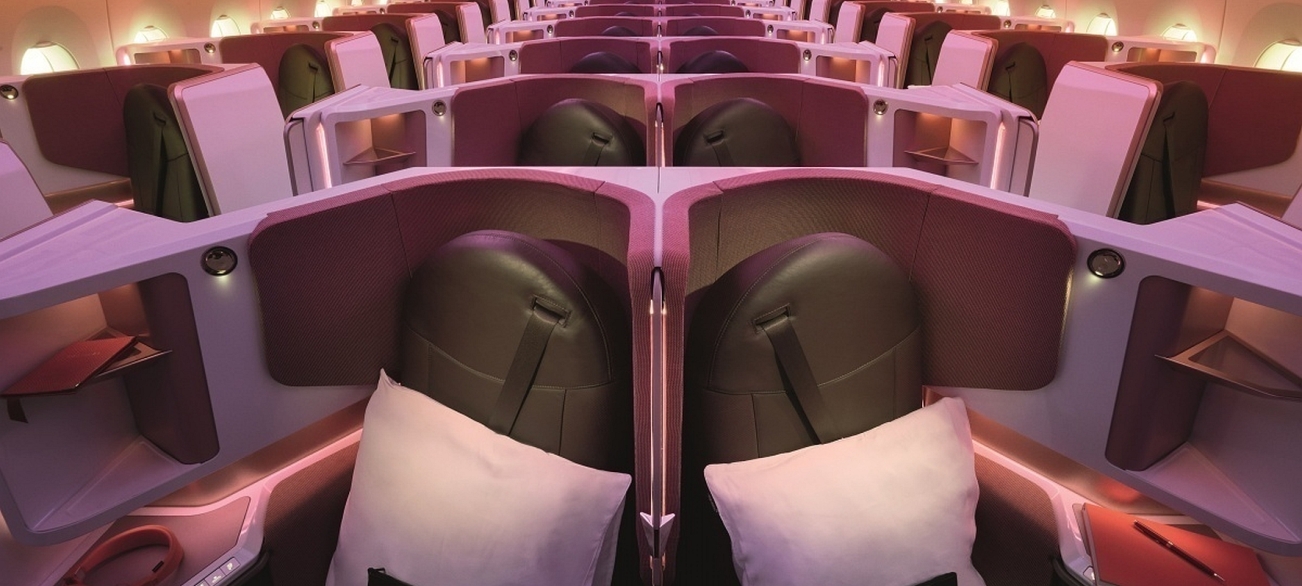Aircraft manufacturers pay special attention to the seats that will be installed in their aircraft and attach great importance to their design, quality, robustness and comfort. The aesthetic appearance of the seats is also a great concern. The coatings of the seats must retain their brand-new appearance as long as possible, without any scratches or defects. Safran Seats turned to Cetim to define a reference that would allow it to assess the service life of paints undergoing the daily frictions and impacts inherent to their use. For that purpose, Safran Seats provided Cetim with painted samples representative of the seat materials (aluminium, composite and plastics) so that it could perform tests that reproduced the aggressions undergone by the seats in their usual conditions of use and eventually determine the resistance of each type substrate to wear, abrasion and impacts over time.
Classifying the materials
Three suitable standardised test procedures were defined. Ball impact tests made it possible to assess the paint’s impact strength. Abrasion tests with a sand bed and friction tests with a moving steel ball simulated the other mechanical stresses generated by passengers. The results obtained, both in terms of quality (by visual observations) and quantity (by weighing and 3D profilometry), allowed the materials to be classified based on their resistance to the various stresses. “We now have reference data at our disposal to quantify the paint’s resistance on a particular substrate over time.We can now rely on this data to orient our choices for the development of new seats”, explains Florent Yvon, innovation project engineer with Safran Seats.


